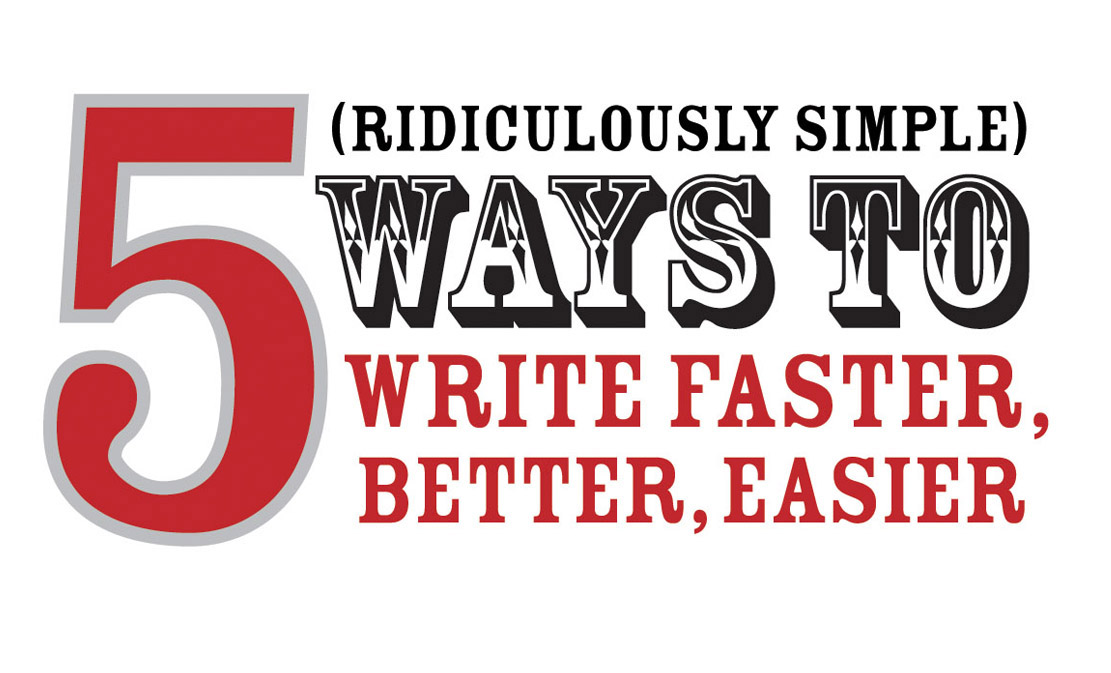Are You Asking These 11 Stimulating Interview Questions to Capture Your Company’s 'Honest-to-Goodness' Video Story?
 Saturday, June 14, 2008 at 09:38AM
Saturday, June 14, 2008 at 09:38AM - Are your video interviews compelling?
- Does your audience feel naturally connected with the people featured in your company’s video?
- Are you asking questions that create “one-of-a-kind” responses your viewers will remember for a long time?
If not, you’re not alone. Remember…
Appearing on-camera is NOT natural
It’s not everyday that we appear on-camera for an interview. That’s exactly why the questions you ask your “heroes” need to be framed in a way that makes them forget where they are. Ask questions that allow the person on-camera to share their story in a natural way.
Self-editing is NOT helpful
During an interview, it is completely natural to edit what one is saying. The interviewee is thinking of the “right” answers. That’s a recipe for disaster when trying to capture honest and real emotions from someone.
Telling our story IS natural
In capturing a story for a company through personal interviews, simply ask questions that are, well, personal. It’s that simple.
How do you get around these common traps? Easy. By asking questions that frame a business through a person.
Over 24 years of interviewing hundreds of people, I’ve developed a cache of questions I keep on hand at all times.
These are my favorite questions. These are the ones I use over and over in almost every interview, regardless of the story. You can use them, too. Just tweak them as needed.
I love them because they work. Every time.
11 Stimulating Questions to Capture Your Company’s Video Story
1. In simple terms, what did your life look like before you worked/volunteered/here?
2. Describe your “Ah-Ha!” moment that shaped your decision to work here/start this company/join to volunteer?
3. What was your biggest fear before starting this job/position/company/idea?
4. What have you learned from that experience?
5. What does this means to those watching this film?
6. What do you love the most about what you do?
7. Do you have a metaphor for what it’s like to work/volunteer here?
8. In your mind, who would be a great fit for this company/product/service/team?
9. Can you imagine a world without this company/service/product/idea?
10. If you could destroy one myth about this company/job/culture, what would it be?
11. What’s at stake?
Of course, there are plenty more you could ask. But you get the idea.
Steal these questions. Use them. Spin them to make them yours. Put ‘em to use in the real world.
Oh, yeah. One more thing.
Let me know how they work for you. Drop me a comment. I’m curious.
---Tom
 11 Stimulating Questions to Capture Your Company's Video Story
11 Stimulating Questions to Capture Your Company's Video Story






